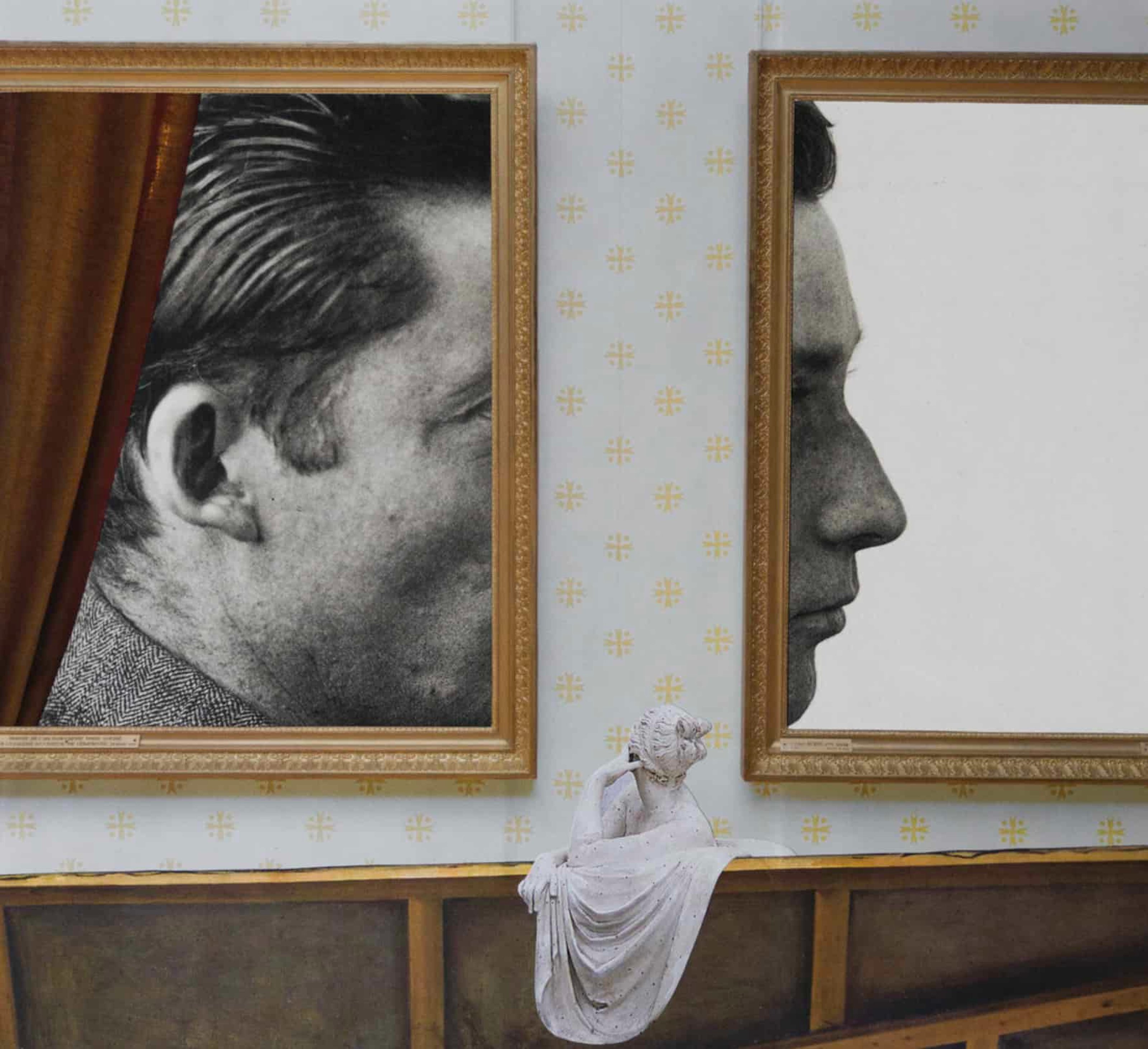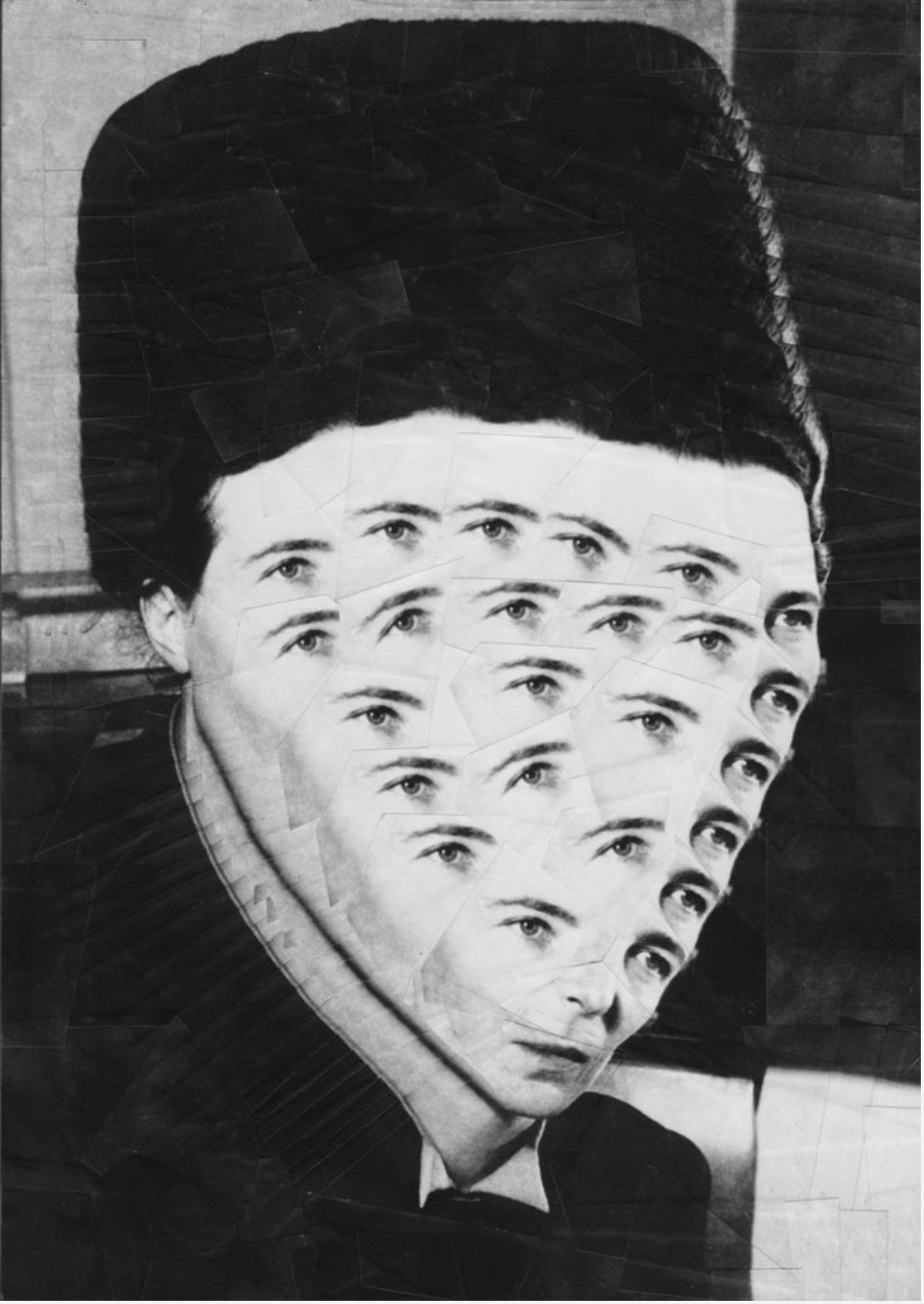The internet has made collectors of us all. So much of our time is spent posting images, assembling playlists of songs, catching Pokémon, breeding CryptoKitties, and so forth. Even friendships have become virtual objects to collect; and once we’ve collected them, we collect their likes too. This has been one of the most notable tendencies of the 21st century.
Long before social networks became ubiquitous, the popularity of illegal downloading turned many of us into obsessive collectors of movies and songs. I used to love sitting in front of my torrents watching everything download in front of me, all of this amazing culture flowing into my possession for free. While it may not have been particularly ethical, there was something so magical about the whole thing. At the beginning of my career, when I was interning at a commercial gallery in London, I took to writing parts of the gallery’s archive onto CD-Rs and bringing them home (like I was Chelsea Manning smuggling classified documents out of Iraq) partly in order to learn more about art, but also so that I could print these images out and have these kinds of digital forgeries on my bedroom wall. I spent years collecting pictures of artworks, until one day I realized I’d broken or lost all of my computers and hard drives and everything was gone.
The rise of downloading, streaming, social networks, message boards and the like has been accompanied by a growing fragmentation of culture and increasing atomization of society. Culture can now cater for breathtakingly niche interests and, because of its many platforms, really surround us at all times. But surely the most important change is that culture is easier to share than ever before.

Let’s return to the example of music, where all of this began. At the very end of the 20th century, with the arrival of Napster’s file-sharing service in the summer of 1999, it suddenly became possible to download and upload music for free, which everybody did. But then in the Noughties, as listeners grew tired of all these original songs, there emerged an enduring mania for remixes, which later grew, with the golden days of SoundCloud, into a mania for hour-long mixtapes and everybody trying to become a DJ themselves. And now, it’s more about YouTube digging: about finding something beautiful but very obscure and sharing it with all your friends.
So, hundreds of years ago, collecting art was a way of displaying one’s wealth, yes, but also one’s taste. This is what collectors used to do, and now it’s what everybody seems to be doing: sharing some joy while highlighting their own taste. At heart, we’re really just creating a version of ourselves online, whether through self-portraits, pictures of our vibrantly colored brunches, revolting, obscurist memes that we find entertaining, or anything really. On Raya, the elite-dating app for failing swimsuit models and creative illuminati, everybody uploads a slideshow carousel of themselves, which plays over one of their favorite songs: the song shows prospective lovers who we are, and why you should be attracted to us. Nobody ever bothers to read, or even write, their biographies.

In the postwar years, Americans were encouraged to define their individualism through the consumption of consumer goods. Today, collecting and sharing culture online has become a way of creating a new 21st-century self, one that straddles the real and virtual worlds. It’s a powerful social phenomenon. The internet not only makes us think about our physical identity (our genders, our sexualities and much else besides) as more of a fluid entity, it also encourages us to leave our bodies behind completely and melt ourselves deeper into the metaverse. That’s really the organizing principle of social networks: that we should express ourselves not through direct conversations, or artworks of our own, so much as the daily sharing of hundreds of different signifiers with thousands of people simultaneously. The net has developed from a series of conversations into a hyper-abundance of shifting collections.
Photography and the internet have led to art dividing into different forms – the physical object and its representations – and this allows every artwork to have at least two lives and often many more. It’s also led to people dividing themselves into different forms. A picture of an artwork becomes a stand-in for that artwork, and for the person’s relationship with that artwork, and finally for the person themselves. Today, everybody is a collector, but more so a collection. Each of us is a great library, an infinite playlist, a playlist which tells thousands of stories about who we are and who we’d like to be. The structure of every collection is the structure of the personality behind it. The mind recreates itself in everything.